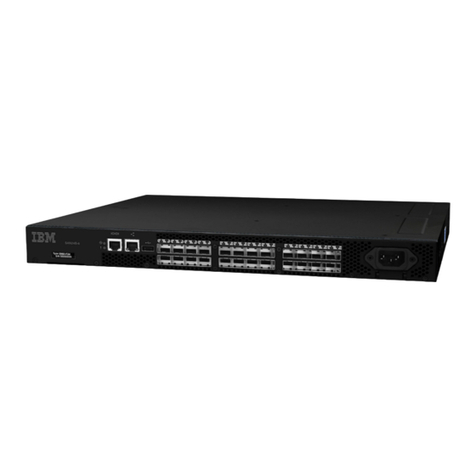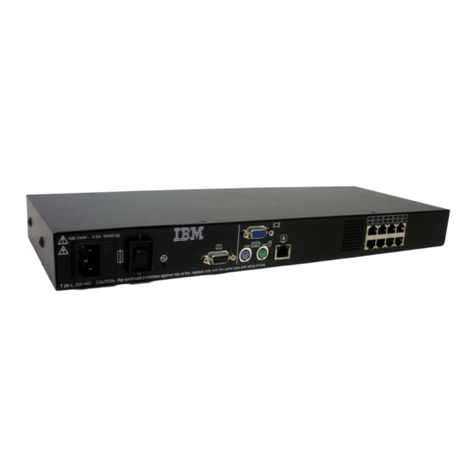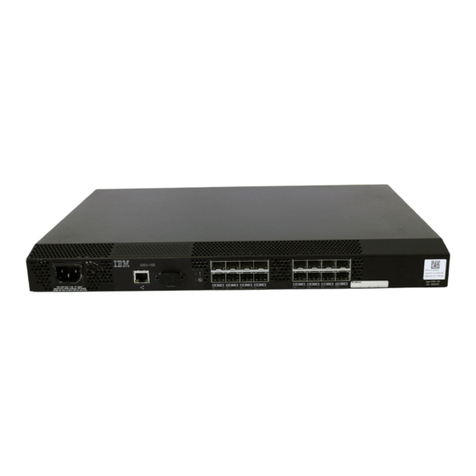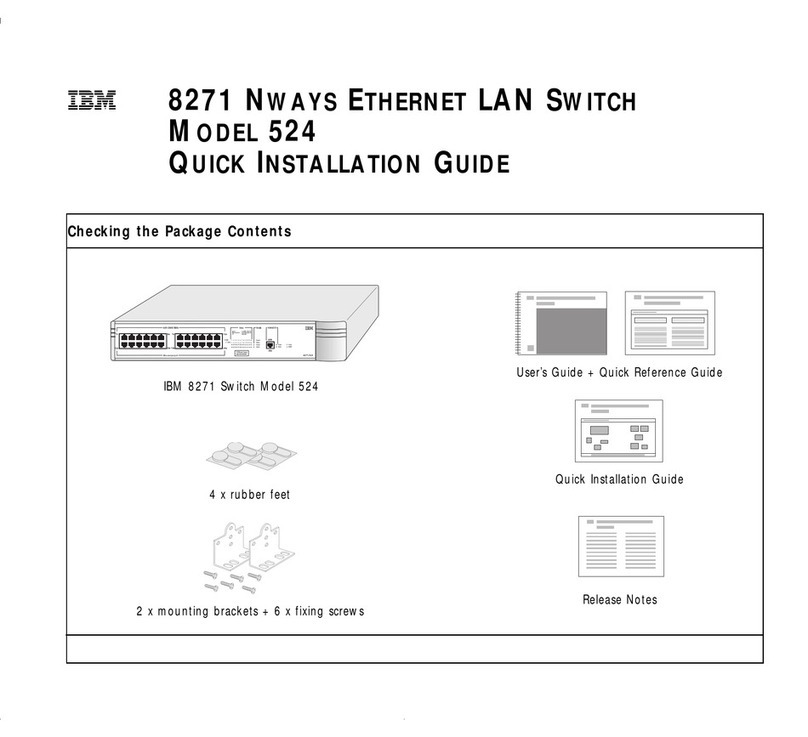IBM 8275 User manual
Other IBM Switch manuals
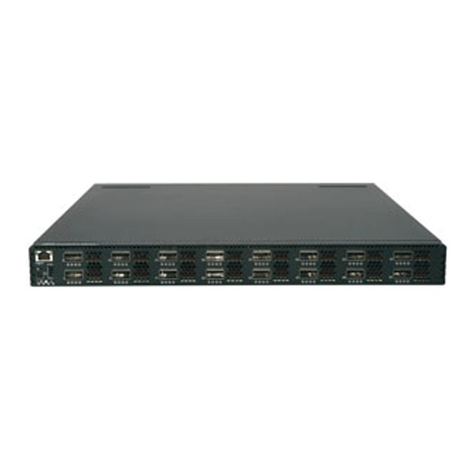
IBM
IBM G8316 User manual
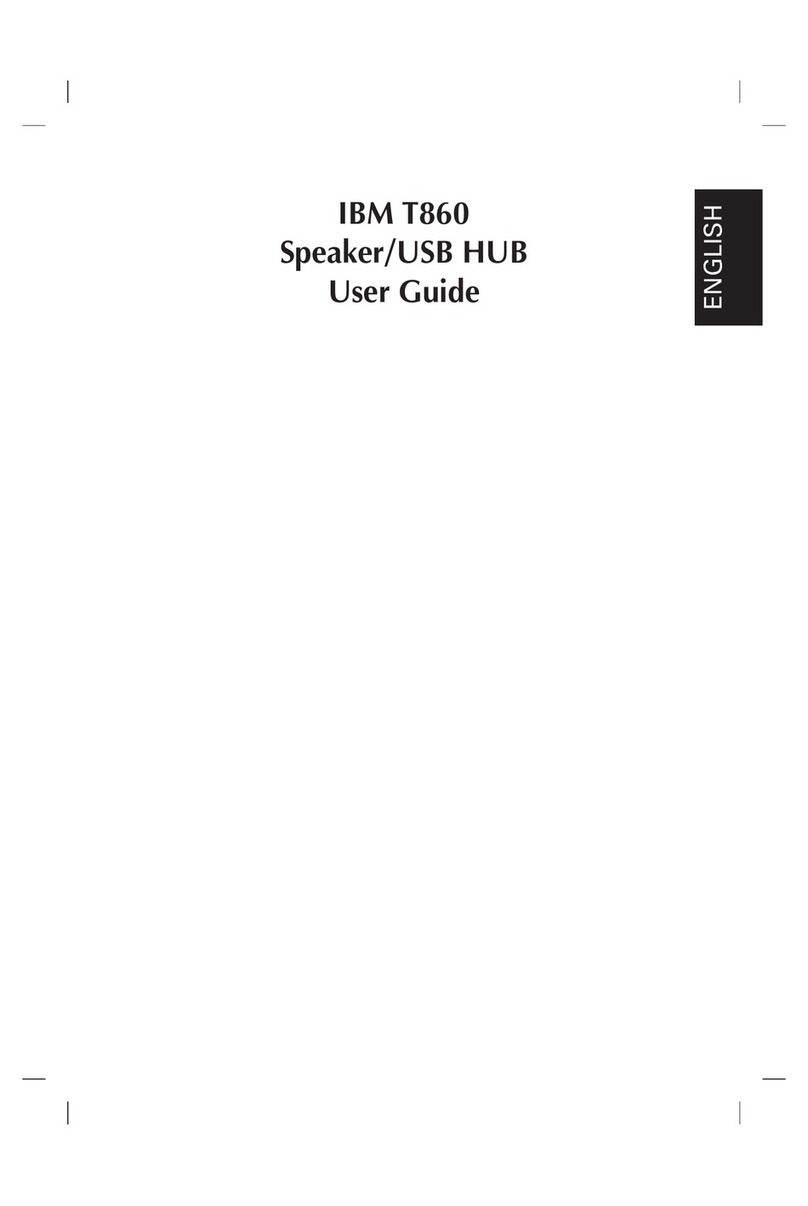
IBM
IBM T860 User manual
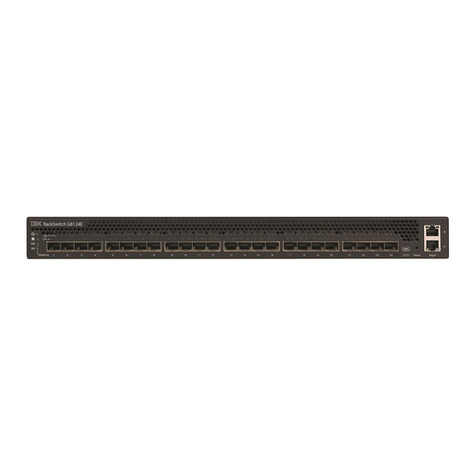
IBM
IBM BNT RackSwitch G8124 User manual
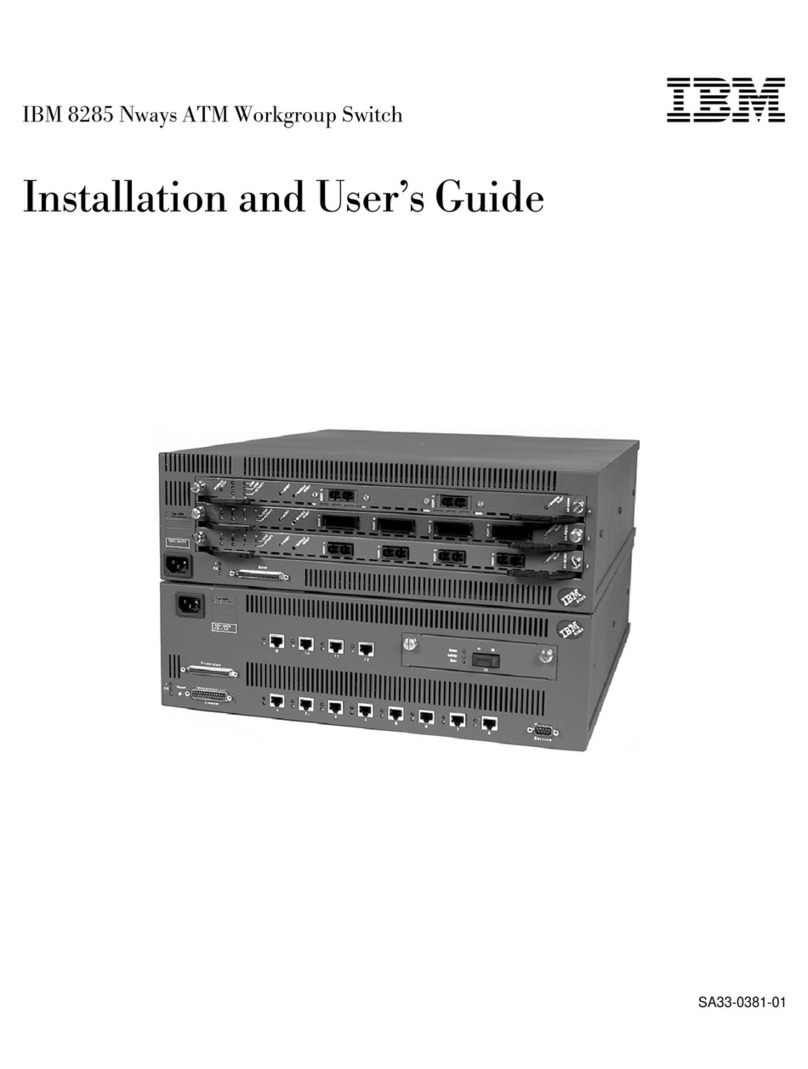
IBM
IBM 8285 Nways User manual
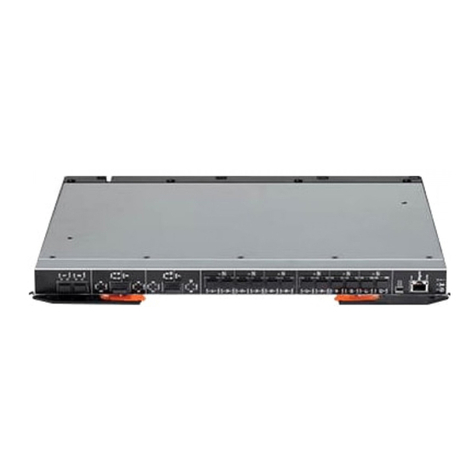
IBM
IBM EN4093R User manual
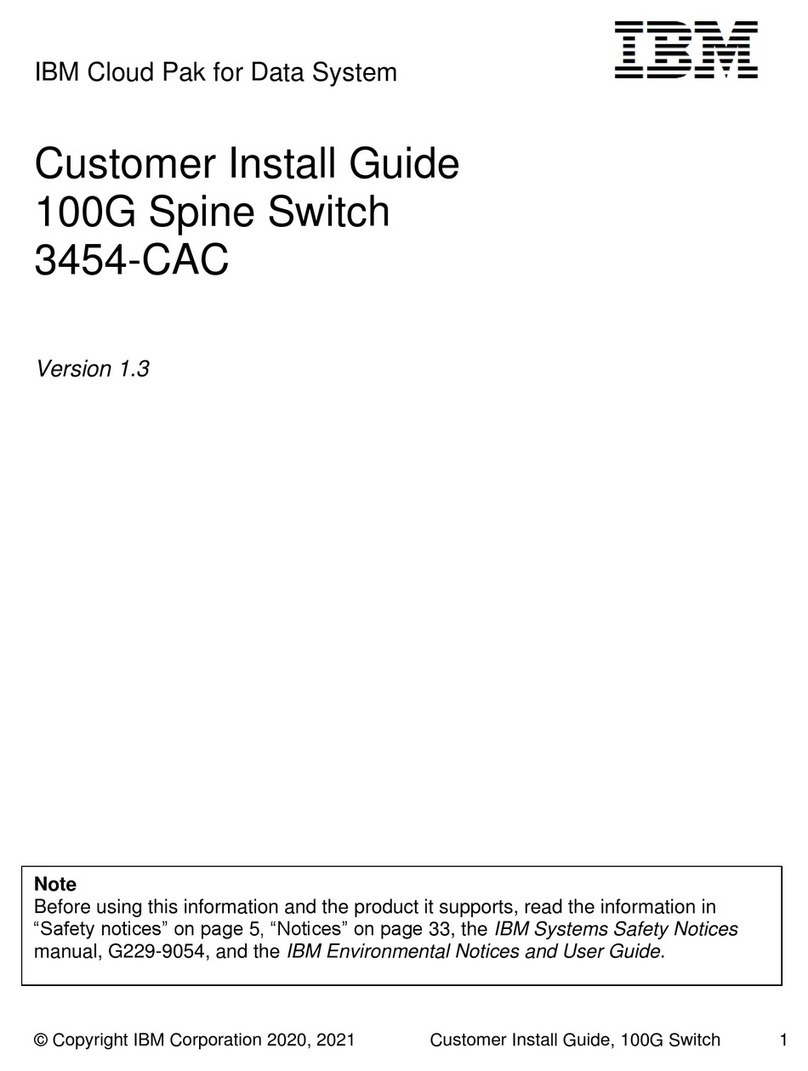
IBM
IBM 3454-CAC User manual
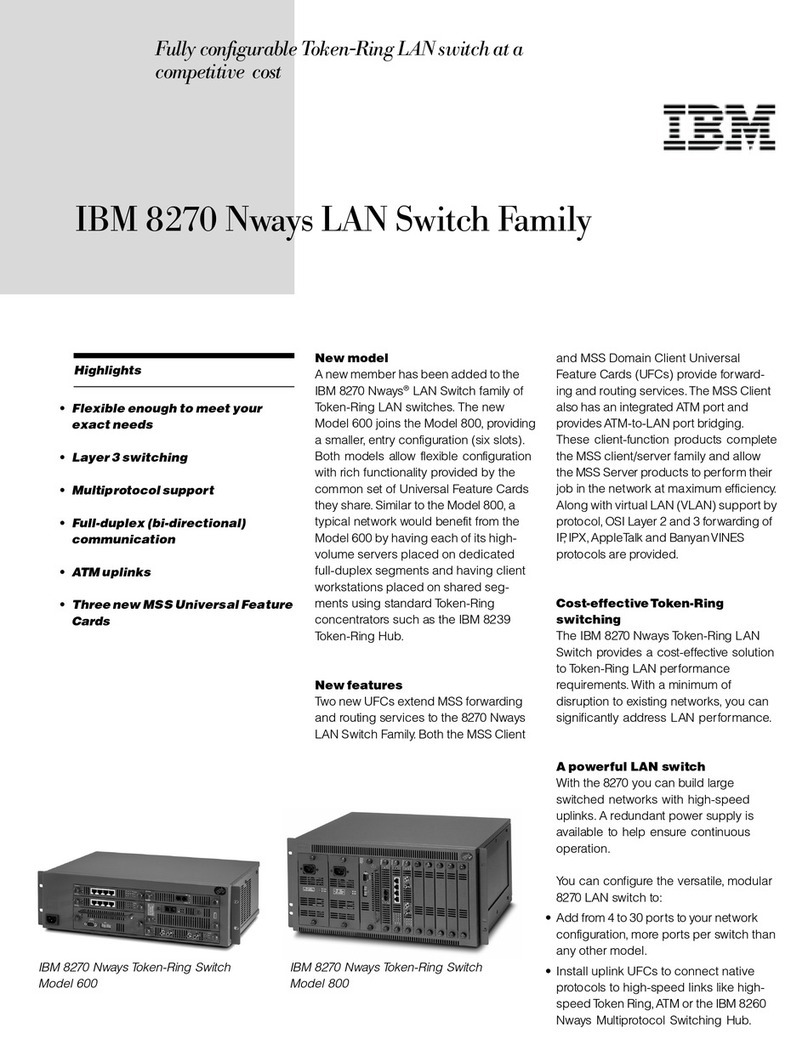
IBM
IBM 8270 600 User manual

IBM
IBM SAN40B-4 - System Storage Switch User manual

IBM
IBM Storage Networking SAN128B-6 Manual
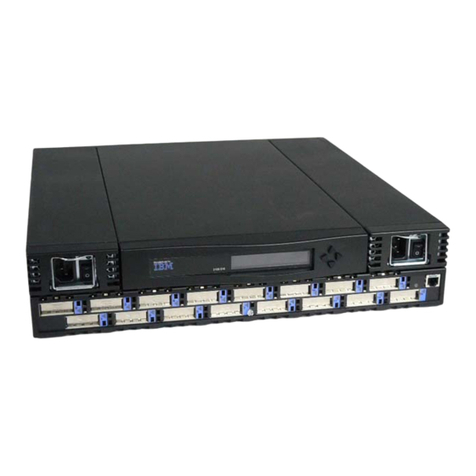
IBM
IBM 2109 - SAN Fibre Channel Switch Model S16 User manual
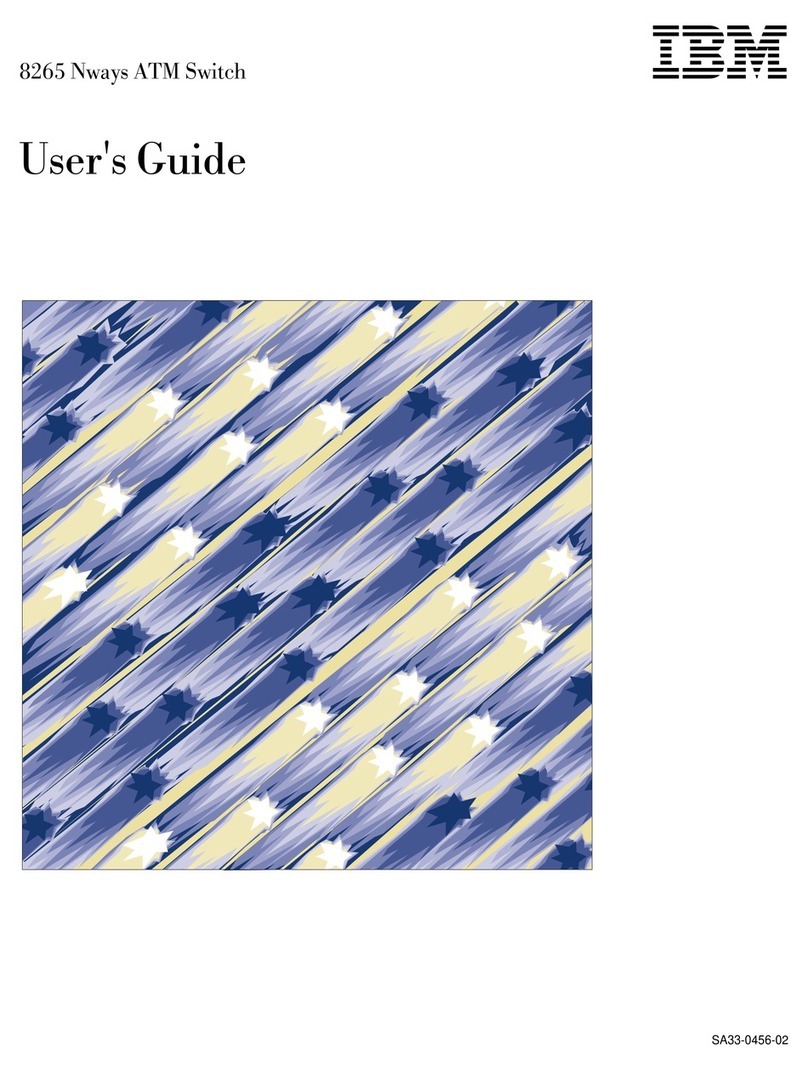
IBM
IBM 8265 User manual

IBM
IBM BNT G8124 User manual
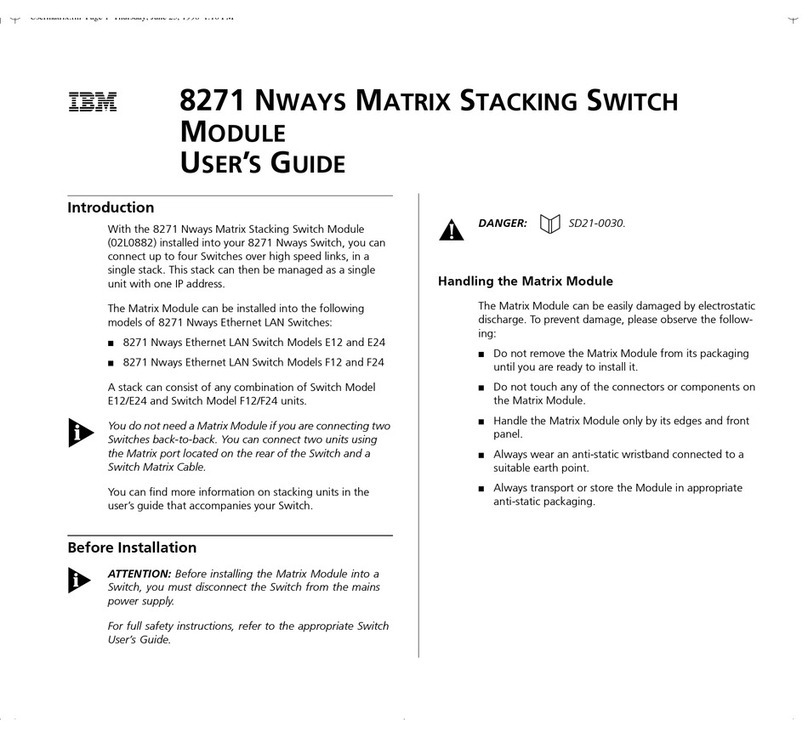
IBM
IBM 8271 User manual
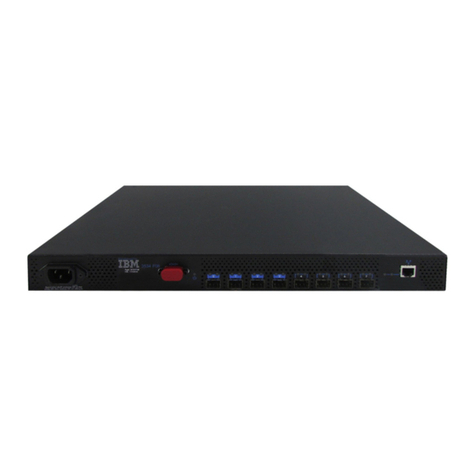
IBM
IBM TotalStorage 3534-F08 User manual
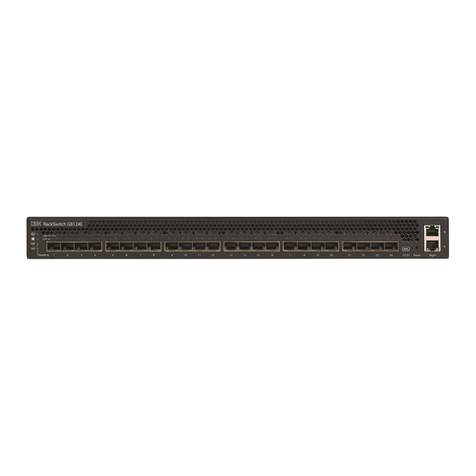
IBM
IBM G8124E User manual

IBM
IBM Brocade FCoE User manual
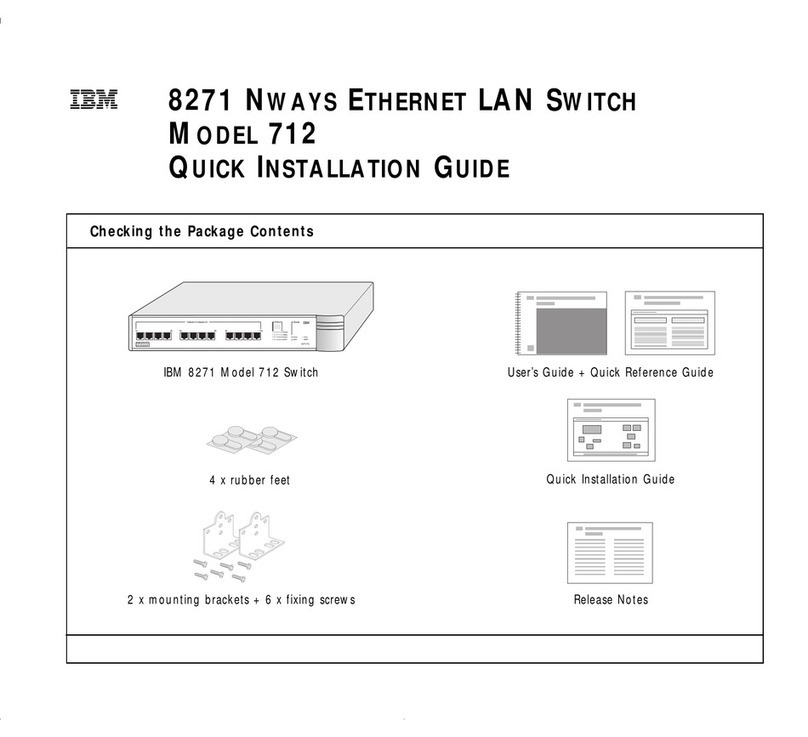
IBM
IBM 8271 Nways Ethernet LAN Switch User manual
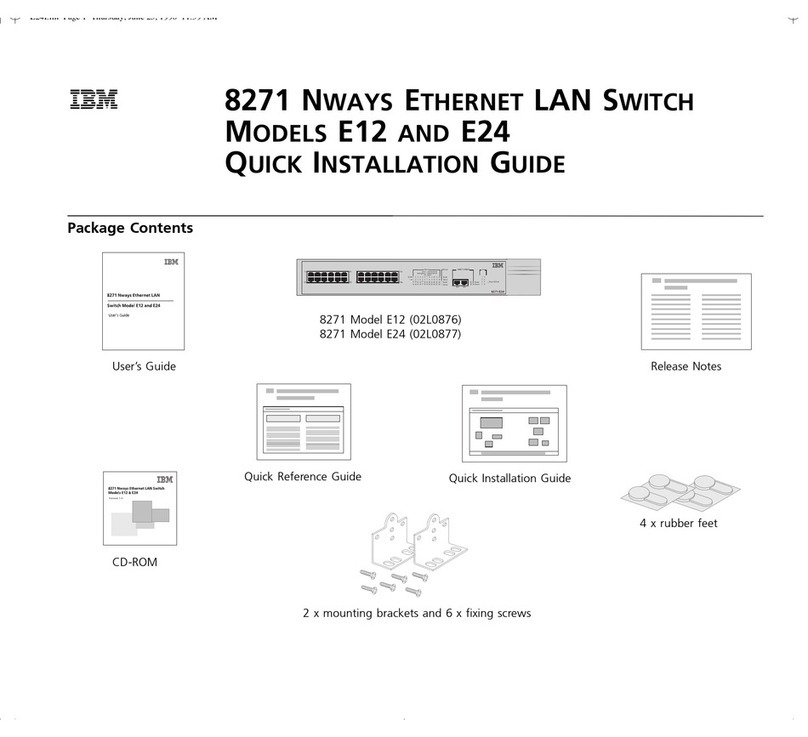
IBM
IBM E12 User manual
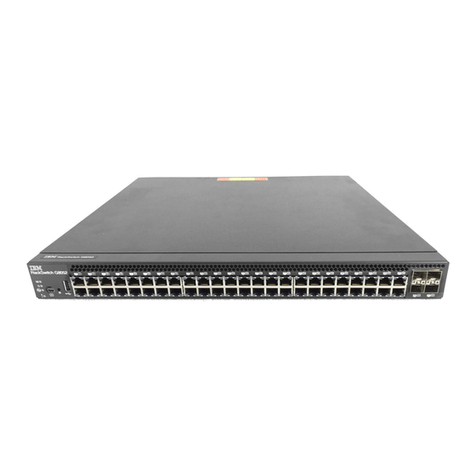
IBM
IBM G8052 User manual
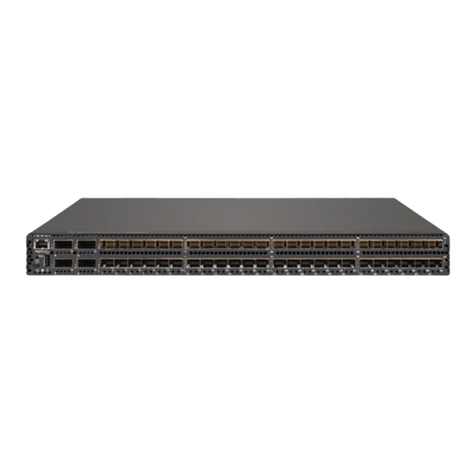
IBM
IBM RackSwitch G8264 User manual
Popular Switch manuals by other brands

SMC Networks
SMC Networks SMC6224M Technical specifications

Aeotec
Aeotec ZWA003-S operating manual

TRENDnet
TRENDnet TK-209i Quick installation guide

Planet
Planet FGSW-2022VHP user manual

Avocent
Avocent AutoView 2000 AV2000BC AV2000BC Installer/user guide

Moxa Technologies
Moxa Technologies PT-7728 Series user manual

Intos Electronic
Intos Electronic inLine 35392I operating instructions

Cisco
Cisco Catalyst 3560-X-24T Technical specifications

Asante
Asante IntraCore IC3648 Specifications

Siemens
Siemens SIRIUS 3SE7310-1AE Series Original operating instructions

Edge-Core
Edge-Core DCS520 quick start guide

RGBLE
RGBLE S00203 user manual
